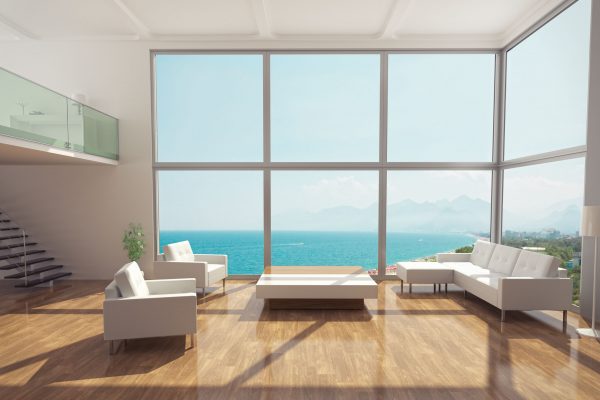“Living Climate” refers to the atmosphere of a living space. It captures and displays the essence of a home, fills the outer form with life, and creates either harmony or disharmony. Living climate is not to be confused with “Climate,” which encompasses the range of weather conditions that occur over long periods of time on a global scale.
You can download this fact sheet by clicking here.
The selection of building materials, the type of construction and the type of heating system determines the quality of the living climate in a given home. The tangible and intangible aspects of a dwelling affect the mind, body and soul in a myriad of ways.
The way we build our homes and the type of building materials we use have a profound impact on our quality of life. There is a clear and fundamental connection between our health and the built living spaces and workplaces we occupy. Those who make building decisions have the unique opportunity to create better places (or worse ones). In this course module, the discussion on indoor climate is not limited to indoor air quality (IAQ), but includes many additional aspects that can be applied to residential homes as well as schools, hospitals, institutions, office workplaces and workshops.
Modern housing can and does make people sick. The list of potential indoor pollutants and the effects of low-level electromagnetic fields is growing longer each year. The symptoms caused by sick homes can be classified as: Sick Building Syndrome (SBS); Building Related Illness (BRI); and Environmental Illness (EI).
Bioclimatology is a branch of science concerned with the interaction between climatic factors and living organisms. The four major spheres of influence that affect indoor climates are: air, temperature, humidity and electro-climate.
The sheer amount of individual climate factors is enormous. Adding to the complexity, the possibilities for interactions and synergistic effects are nearly limitless. From the perspective of bioclimatology, it is dangerous to reduce indoor climate solely to the temperature and humidity of the air. Modern homes tend to harbor many toxic chemicals, trap enormous amounts of dust in the carpeting, foster rampant mold in the walls and house electric wiring everywhere.
Additionally, the climate within our own homes is substantially influenced by distant places, including the climate of outer space, the earth’s atmosphere, urban pollution, air pollution, and climate change. External influences reach us from outside as well as inside the earth’s atmosphere.
Each single climate factor seems to be affected by the quality and type of building materials in one way or another, including: air and surface temperatures; horizontal and vertical temperature gradients; air humidity and building moisture; regulation of air humidity; air movement; natural ventilation; electromagnetic qualities of a living space; odor of indoor air; absorption of toxic air pollutants; growth of mold and dust mites; overall atmosphere of an indoor space and its impact on the occupants’ well-being.
Moisture damage is the single most critical problem. Different climate regions require different approaches to building. One standard building practice certainly does not fit all situations, especially not minimum requirements. With or without vapor barrier, the complex dynamics of a building envelope always call for a careful design and installation. Inappropriate waterproofing of the foundation and inappropriate installation of vapor barriers not only cause great discomfort to the occupants, but also result in major damage to the building.
In the endeavor to reduce energy consumption, modern houses have become more and more airtight. Without appropriate ventilation strategies, however, indoor air quality problems are inevitable. Not only are dangerously high levels of air pollutants and carbon dioxide reached, but moisture condensation problems become common. The tighter the building envelope, the more likely that a mechanical ventilation system needs to be installed.
Traditional building practices native to a particular climate region and based on building biology principles offer natural ventilation solutions for energy-efficient, healthy homes.
Want to learn more on this issue? Click the comprehensive online course, here below.


